The 18th Dynasty of Egypt, New Kingdom, was one of the most successful in the history of Egypt. The 6th King, or Pharaoh of that dynasty was Hatshepsut. At this time Thebes, today called Luxor (meaning “Palace”), was the capital of the kingdom.
Born about 1500 BCE, she was the daughter of Thutmose I (3rd King of the 18th Dynasty and his Queen Ahmose. When her father Thutmose I died, she married her half-brother Thutmose II at the age of 15, strengthening his claim to power. Thutmose II ruled for 13 years, and was succeeded by his son Thutmose III, a child of two years old. Hatshepsut ruled as his Regent for the first 7 years of the reign of Thutmose III, then became co-ruler until her death.
She adopted masculine traits and clothing, taking on masculine titles and roles to cement her power. Here is one of the inscriptions from the monuments she built:
Welcome my sweet daughter, my favorite, the King of Upper and Lower Egypt, Maatkare, Hatshepsut. Thou art the Pharaoh, taking possession of the Two Lands.
Here is another one:
Then his majesty said to them: "This daughter of mine, Khnumetamun Hatshepsut—may she live!—I have appointed as my successor upon my throne... she shall direct the people in every sphere of the palace; it is she indeed who shall lead you. Obey her words, unite yourselves at her command." The royal nobles, the dignitaries, and the leaders of the people heard this proclamation of the promotion of his daughter, the King of Upper and Lower Egypt, Maatkare—may she live eternally
She established herself as both mother and father to the realm. During her reign Egypt enjoyed a period of peace and prosperity. She was a prolific builder. Her architectural feats include a Mortuary Temple on the West Bank and the Karnak Temple Complex.
Upon her death her nephew / step-son Thutmose III sought to obliterate her legacy, causing almost every depiction of her to be defaced. The Egyptians believed the spirit returned to the mummified body through the nose, so her nose was gouged out in almost every statue or other depiction of her.
During her reign of 20 years she reopened trade routes, and developed the art of using henna and kohl as an eyeliner, as used by the musicians and dancers shown above. Kohl was made from the charcoal of frankincense. Its use during her reign is the first record of kohl.
She is often portrayed as a lion as in this photo.
She had two magnificent obelisks built at the Karnak Temple, each from a single piece of granite. They were the tallest in the world at the time they were erected.
One, shown above, is the second-tallest ancient obelisk still standing.
The dedication inscription reads in translation:
The King himself erected two great obelisks for her father, Amon-Ra, in front of the august colonnade, wrought with exceedingly aboundant electors. Their height pierces the sky and illuminates the Two Lands [lower and upper Egypt] like the sun-disk. Never since the beginning has such a thing been done, that she might be given life.
The obelisks were made of pink granite and stood 11 meters tall. One remains intact. Even the broken one is impressive. Her tomb in the Valley of Kings (KV20) was the 20th tomb discovered there, and had suffered significant damage immediately after her death.
The temple she built at Karnak is very impressive. Her stepson couldn’t destroy it, so he had a wall built around it so no one could see it!
Her Mortuary Temple on the East Bank is considered her greatest architectural achievement, in spite of the defacement by her step-son.
The sun was at its peak as we descended from the Temple of Hatshepsut on the West Bank of the Nile.
Here is found ruin after ruin, temples and tombs, and giant statues and granaries from ancient times.
Downriver from this Temple, just past the road to the Valley of Kings, the home of Howard Carter (above) is open for inspection by the public.
Above: Howard Carter 1924.
He designed and built the home in 1910, using it as his Luxor base until his death in 1939. He bequeathed it to the Metropolitan Museum of Art in recognition of the help they provided with the excavation of the tomb of King Tutankhamen in 1922.
Carter and the wealthy American lawyer Theodore Davis found the tomb of Thutmose IV and cleared the tomb of Hatshepsut (KV20), all the while on a quest for Tutankhamen.
Carter searched for the tomb of the boy king for years. His eventual sponsor Lord Carnarvon finally announced he was giving up the search, but Carter convinced him to continue for one more year, and in that final year he made the famous find. Carter had a bad temper and quarreled frequently with others, but his dedication led to the finding of the magnificent tomb of King Tut.
The legend of the Curse of the Mummy has been largely dispelled. Our guide said that some of those who died after entering the tomb may have inhaled fungus which formed in the tomb which had been sealed for over twenty-three hundred years.
Today we visited a market at Esna, went into a Coptic Church where some kids were hanging out hoping for a Christmas treat, and bargained for some souvenirs.
Love those nails!
The people in the market really bargain hard! And they enjoy it! Now we’re heading further upstream to Aswan. We may be wearing some of our purchased clothing to dinner tonight. Stay tuned!




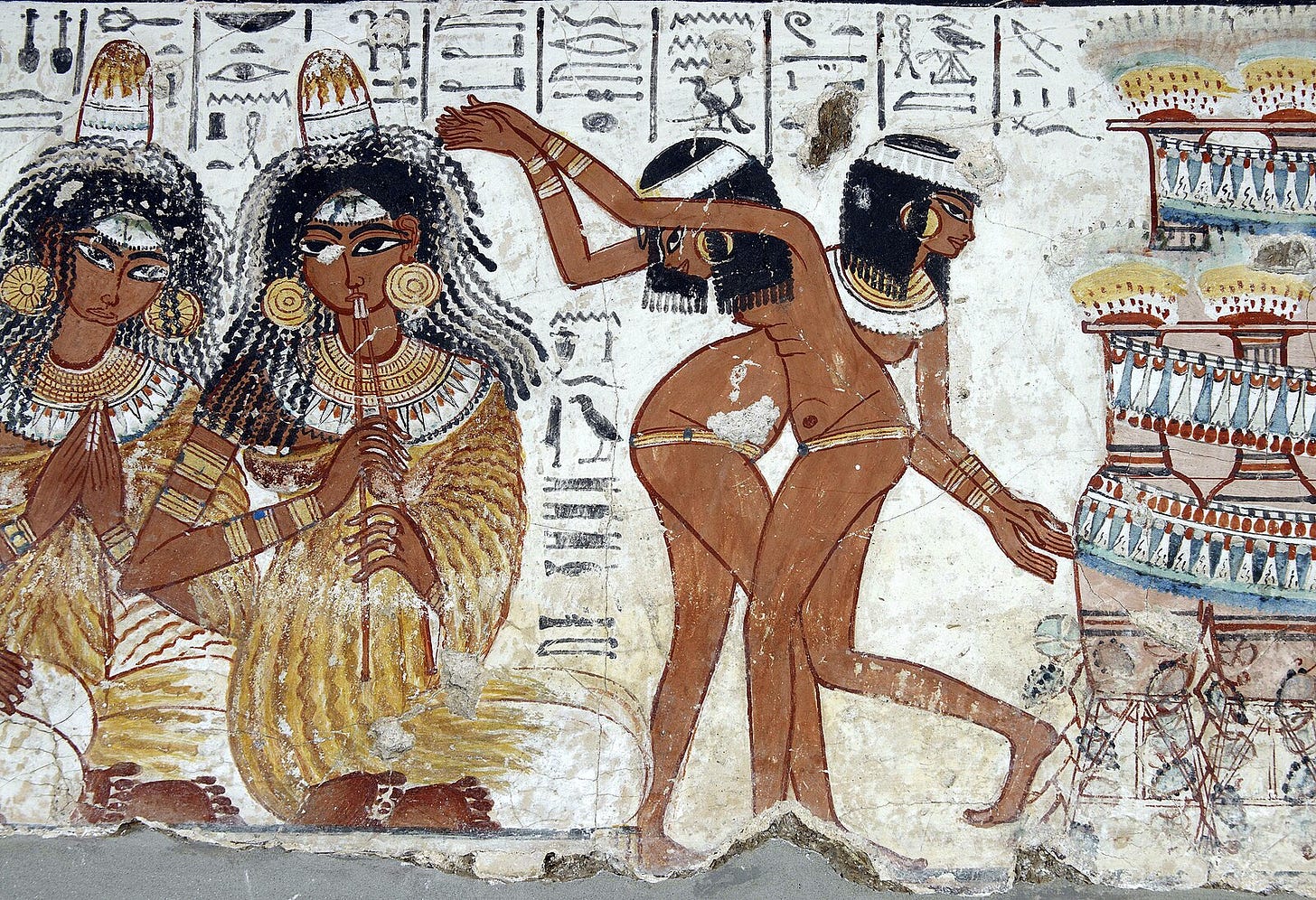
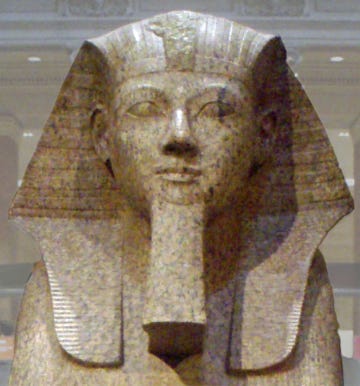

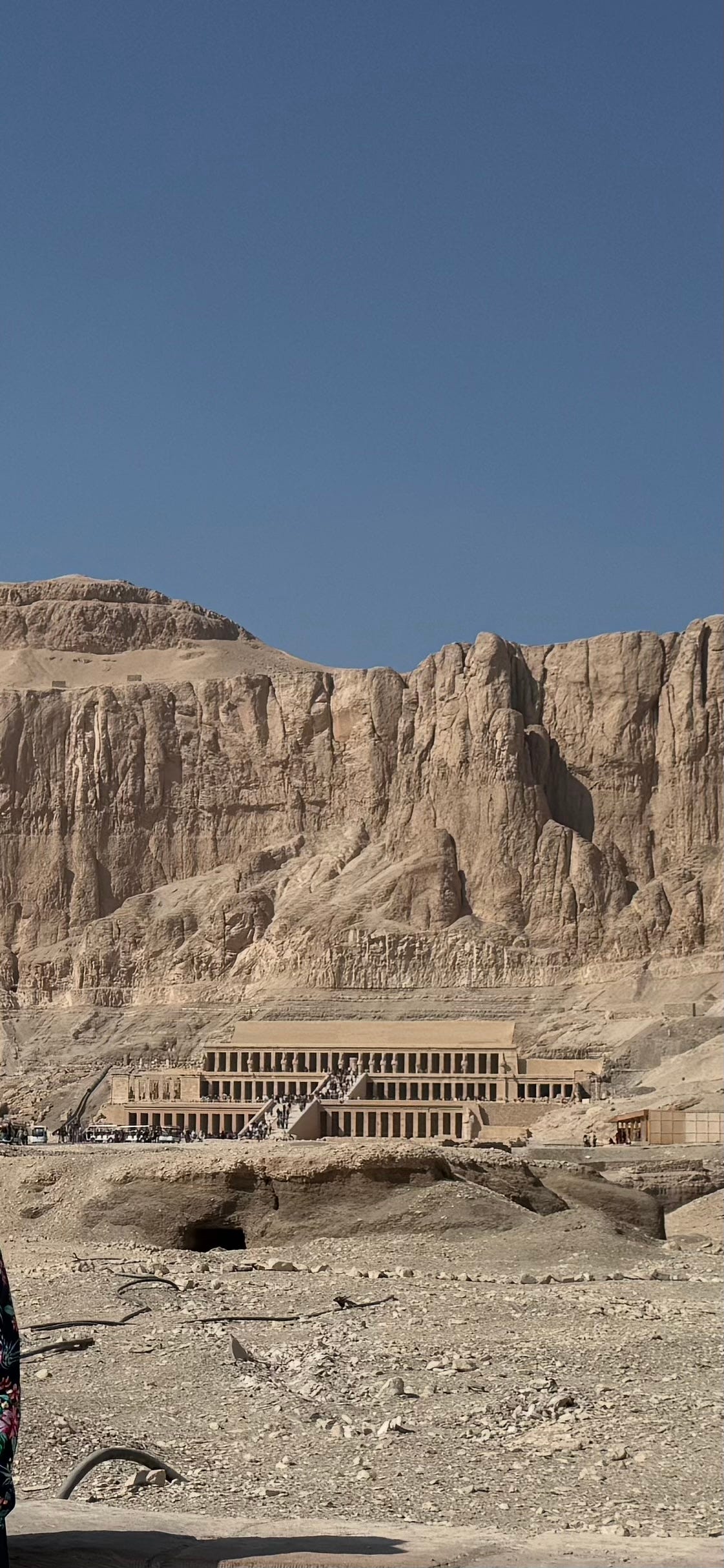
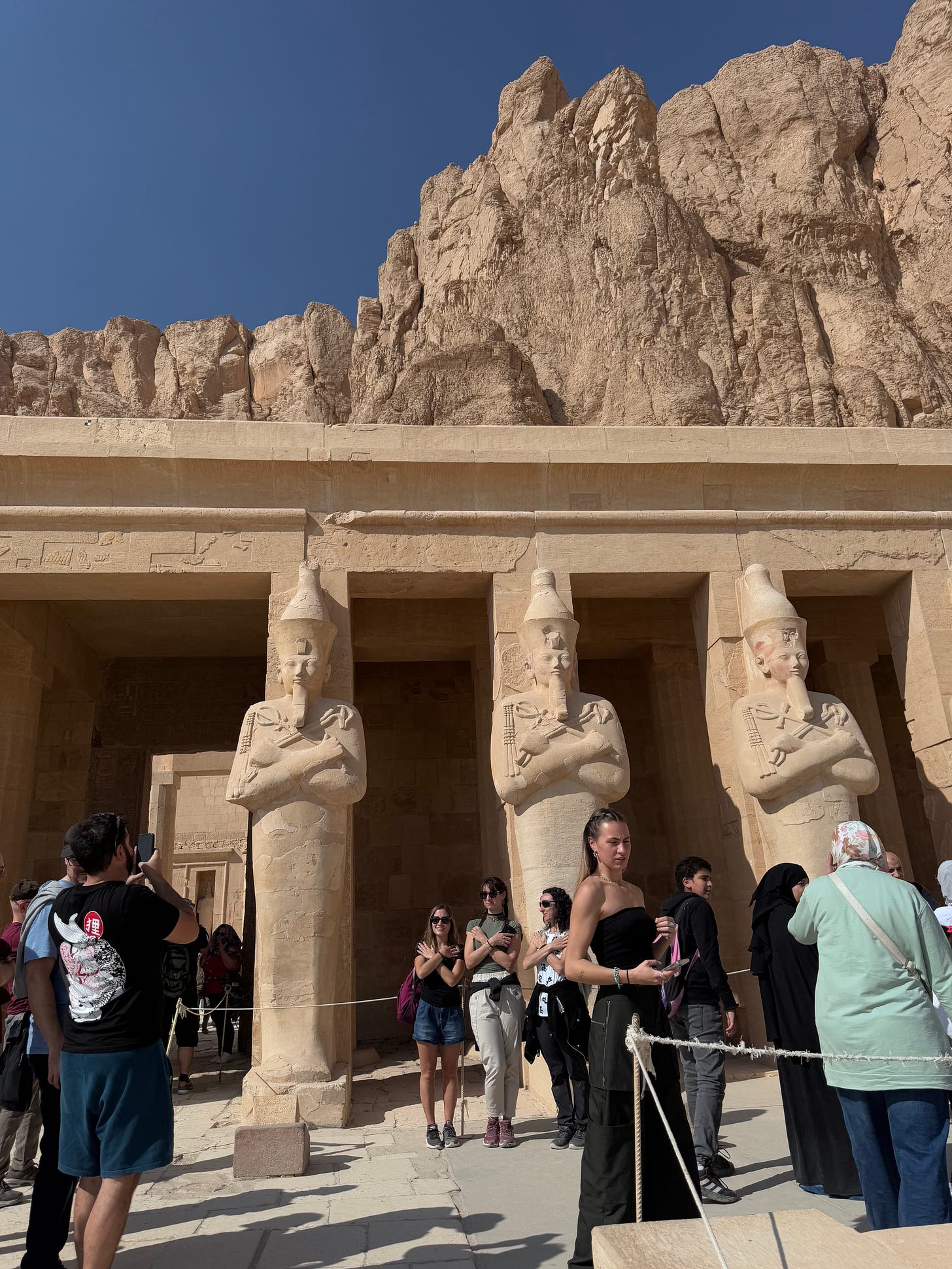



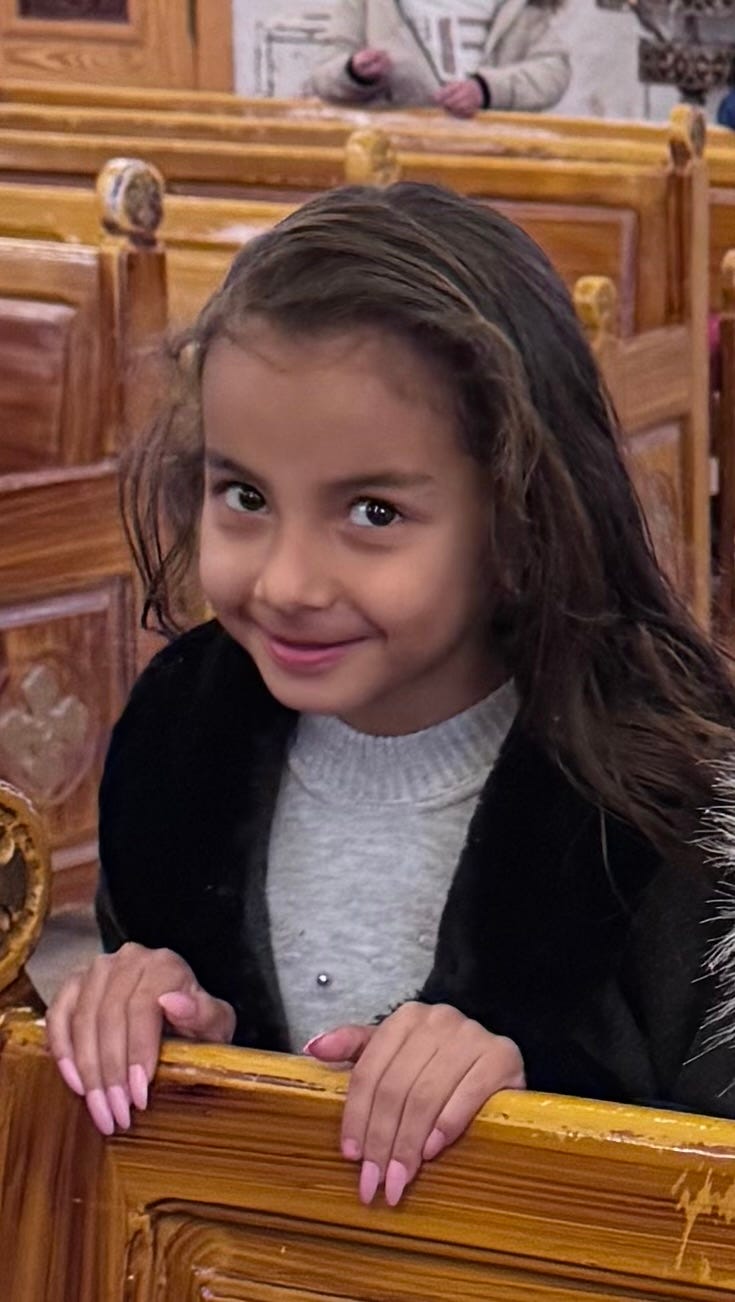
Great stuff here, David! Thanks for all this!
I don't know if I will ever make this trip, but I have been storing your agenda in a file just in case.